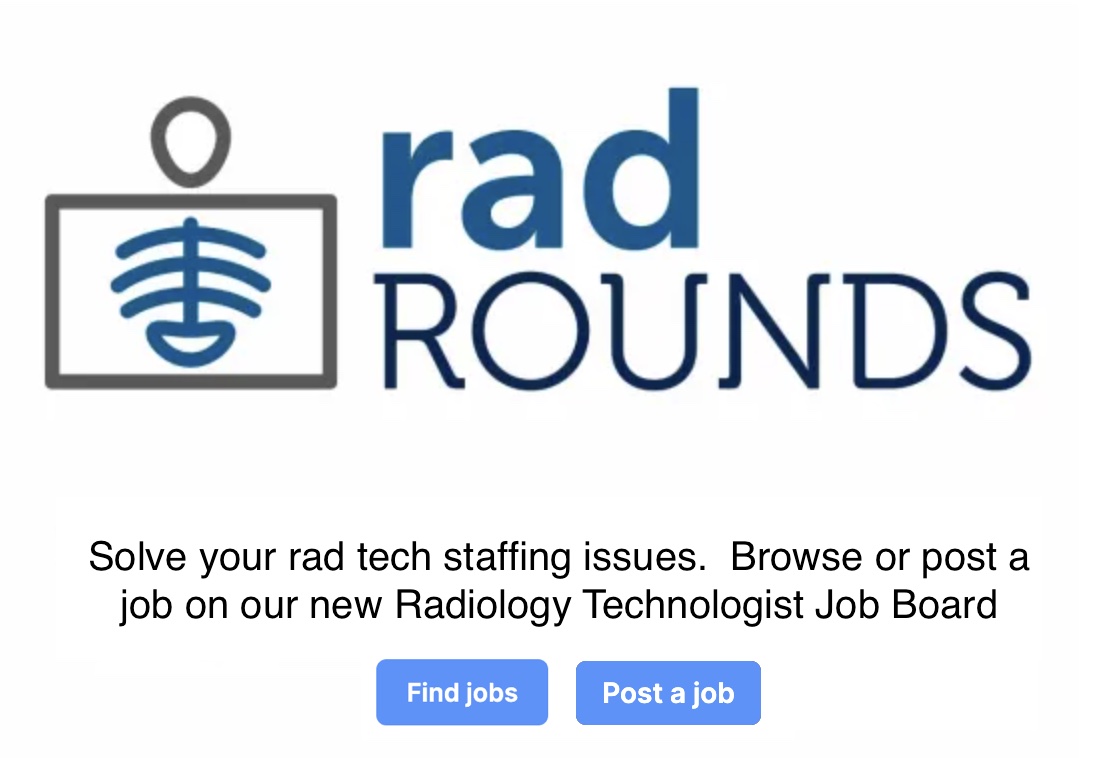
A sixty year-old female presented with severe persistent low back pain. T2WI shows degenerative changes, however the L2/3 disc has bright signal. On T1WI, the apposing end plates are destroyed. Adjacent bone marrow has low signal on both sequences. On post-contrast scan there is enhancement of the disc, endplates and adjacent bone marrow. There is no collection or phlegmonous mass.
In adults, the initial septic focus occurs at the anterior vertebral endplate (spondylitis or osteomyelitis), then infection rapidly spreads to the adjacent disc (diskitis) and to the closest adjacent vertebral body. When both bone and disc are involved, it is referred to as spondylodiskitis. Unlike adults; children have discs with significant vascularity, so initial infection may occur in the disc and then spread to adjacent bone.
MRI findings consist of triad of: (1) Low signal of vertebral bone marrow on T1WI, (2) High signal of the disc on T2WI and (3) Contrast enhancement of the marrow and possibly the disc if an abscess has not formed. High signal of bone marrow on T2WI is sometimes present, but if reactive changes or sclerosis exist, the marrow may be low signal (as illustrated in this case). Contrast administration is mandatory for complete evaluation of a spine with a suspected infection.
Reference: Kaplan et al. Muskuloskeletal MRI: Spine. W.B. Saunders, 2001.
Credit: Dr Ahmed Haroun












